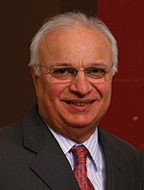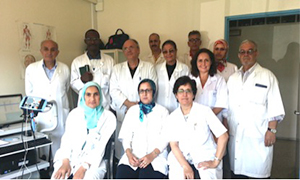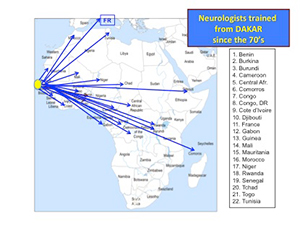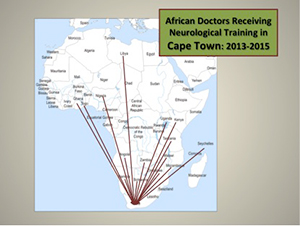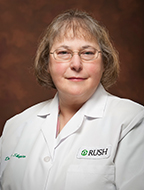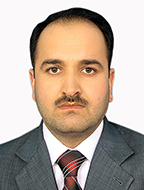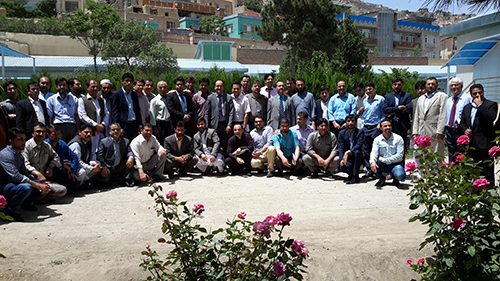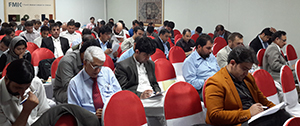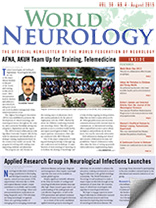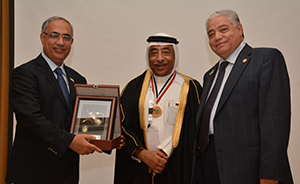
From left: Prof. El Tammawy, previous president of the Pan Arab Union of Neurological Societies (PAUNS) president; Prof. Bohlega (current PAUNS president); and Prof. Adnan Awada, Lebanese Neurology Society president, at the Gala Dinner.
The 14th Congress of the Pan Arab Union of Neurological Societies (PAUNS) and the 22nd Saudi Neurology Society Meeting was held from Jan. 22-24 at the Hilton Jeddah in Saudi Arabia. The great success of the last PAUNS meeting in Egypt in March 2013 paved the way to move the flag to Saudi Arabia with the hope that all would enjoy the highly scientific and learning social activities planned for the event. The theme for the congress was “Broadening the Horizon of Neurology in the Arab World.”
PAUNS aims to organize a unique and important neurology conference in order to present the latest surgical techniques, research and management strategies in neurology. In addition to the presentations by thought leaders from around the world, the conference brings physicians and other clinicians together in networking opportunities that allow them to share their insights. The purpose of the conference also is to share state-of-the-art technology and techniques with clinicians in an effort to improve patient outcomes. It also provided a forum for experts and opinion leaders to share their findings and showcase the latest technologies and innovations in the field, as well as highlight the importance of advancements in neurology and medicine.
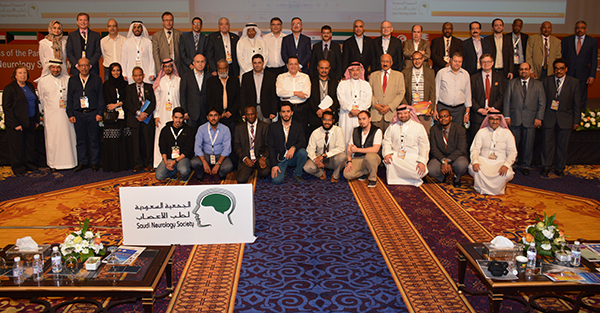
The 14th Congress of PAUNS and the 22nd Saudi Neurology Society Meeting explored the latest surgical techniques, research and management strategies in neurology.
Neurological societies from the Arab world exchanged knowledge and experience about practice, education and academic endeavors for a brighter future. One session was devoted to address neurology in the Arab world. In this session, Prof. Raad Shakir, of the United Kingdom and president of the World Federation of Neurology, presented “Burden of Neurological Disorders in the Arab World.” Other talks included “Neurology Research in the Arab World: Opportunities and Challenges.” There were joint symposia with European Academy of Neurology, and speakers from Europe and the Middle East took turns presenting and addressing queries from the participants. A number of ongoing research results also were presented.
The meeting was open to all registrants (854 attendees) to ensure adequate exposure to the workshops for the delegates. Distinguished guest speakers and world-renowned neurologists also were in attendance, including as Prof. Gunther Deuschl, Germany and president of European Academy of Neurology; Prof. Dirk Dressler, Germany; Prof. Aziz Shaibani, United States; Prof. Sean Hill, Switzerland; Prof. Helmuth Steinmetz, Germany, Prof. Dieter Schmidt, Germany; Dr. Edward Cupler, United States and Saudi Arabia; Prof. Messoud Ashina, Denmark; Dr. Hamidon Basri, Malaysia; Dr. Suhail Alrukn, United Arab Emirates; Prof. Bassem Yamout, Lebanon; Prof. Maurice Dhadaleh, Jordan; and many more.
The scientific program consisted of workshops on headache, neurophysiology, movement disorder, transcranial doppler and long-term EEG monitoring), satellite symposia and abstract presentations. Two well-known neurologists from the Middle East, Prof. Aziz Shaibani, who is now based in Houston, and Prof. Hani T.S. Benamer, who is based in the United Kingdom, were given recognition for the successful books they have written:
- A Video Atlas of Neuromuscular Disorders, by Prof. Aziz Shaibani
- Neurological Disorders in the Arab World, by Prof. Hani T.S. Benamer
The PAUNS Board Meeting was held to elect the following new board members:
President: Saeed A. Bohlega, Saudi Arabia. Secretary General: Waleed Khoja, Saudi Arabia. Vice-Presidents: Mostafa El Alawi Faris, Morocco; Mohammad Abdul Ghani, Egypt; Abdallah Younes, Jordan; Rashad Abdul-Ghani, Yemen; and Chakir Khamis, Lebanon. Treasurer: Adel Al-Jishi, Bahrain.
The Gala Dinner was held at the Park Hyatt Hotel garden facing the famous King Fahad Fountain, the highest man-made fountain in the world.
The success of these events would not have been possible without the vision and hard work of the of the Organizing Committee, our colleagues, strong support of our sponsors, and, of course, King Faisal Specialist Hospital and Research Centre with the institution’s leadership headed by Chief Executive Officer His Excellency Dr. Qasim Al Qasabi.
